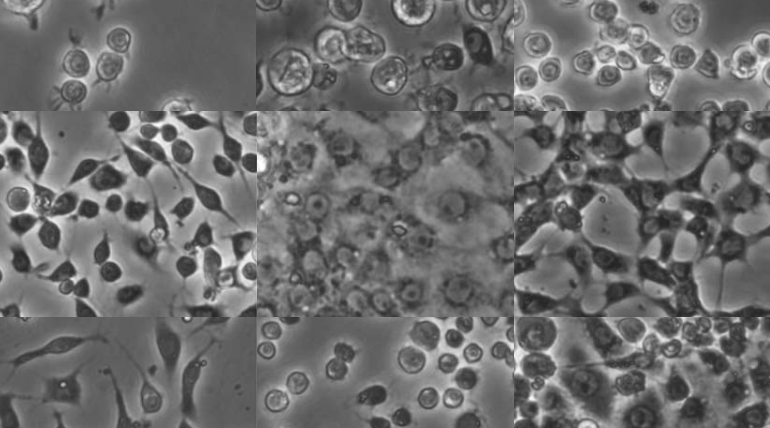
The use of Drosophila cell cultures has positively impacted both fundamental and biomedical research. The most widely used cell lines—Schneider, Kc, the CNS and imaginal disc lines—continue to be the choice for many applications. To improve the state of Drosophila cell cultures, researchers from the Drosophila Genomics Resource Center, a NIH-funded repository for Drosophila DNA and cell line resources at the Indiana University Bloomington, review the current challenges and opportunities in this field.
The review discusses the generation of novel Drosophila cell lines from organs/tissues and the modification of existing cell lines; the utility of cell lines for studying many aspects of biology, including using cell-based high-throughput screens to identify drugs, biomarkers, and for functional genomics; and opportunities to improve culture media and the need for authenticating Drosophila cell line resources.
The use of genetic techniques such the transgenic UAS-GAL4 based RasV12 oncogene expression, CRISPR-Cas9 editing, and Recombination Mediated Cassette Exchange (RMCE) are likely to drive the establishment of many more lines from specific tissues, cells, or genotypes. However, the pace of creating new lines is also hindered by several factors inherent to working with Drosophila cell cultures, mainly, single cell cloning, optimal media formulations, and culture conditions capable of supporting lines from novel tissue sources or genotypes. Moreover, even though many Drosophila cell lines are morphologically and transcriptionally distinct, it may be necessary to implement a standard for Drosophila cell line authentication, ensuring the identity and purity of each cell line.
Overall, recent advances and a push for standardized authentication effort should improve the utility of Drosophila cell cultures as a relevant model for fundamental and biomedical research.
Kindly contributed by the authors.

















